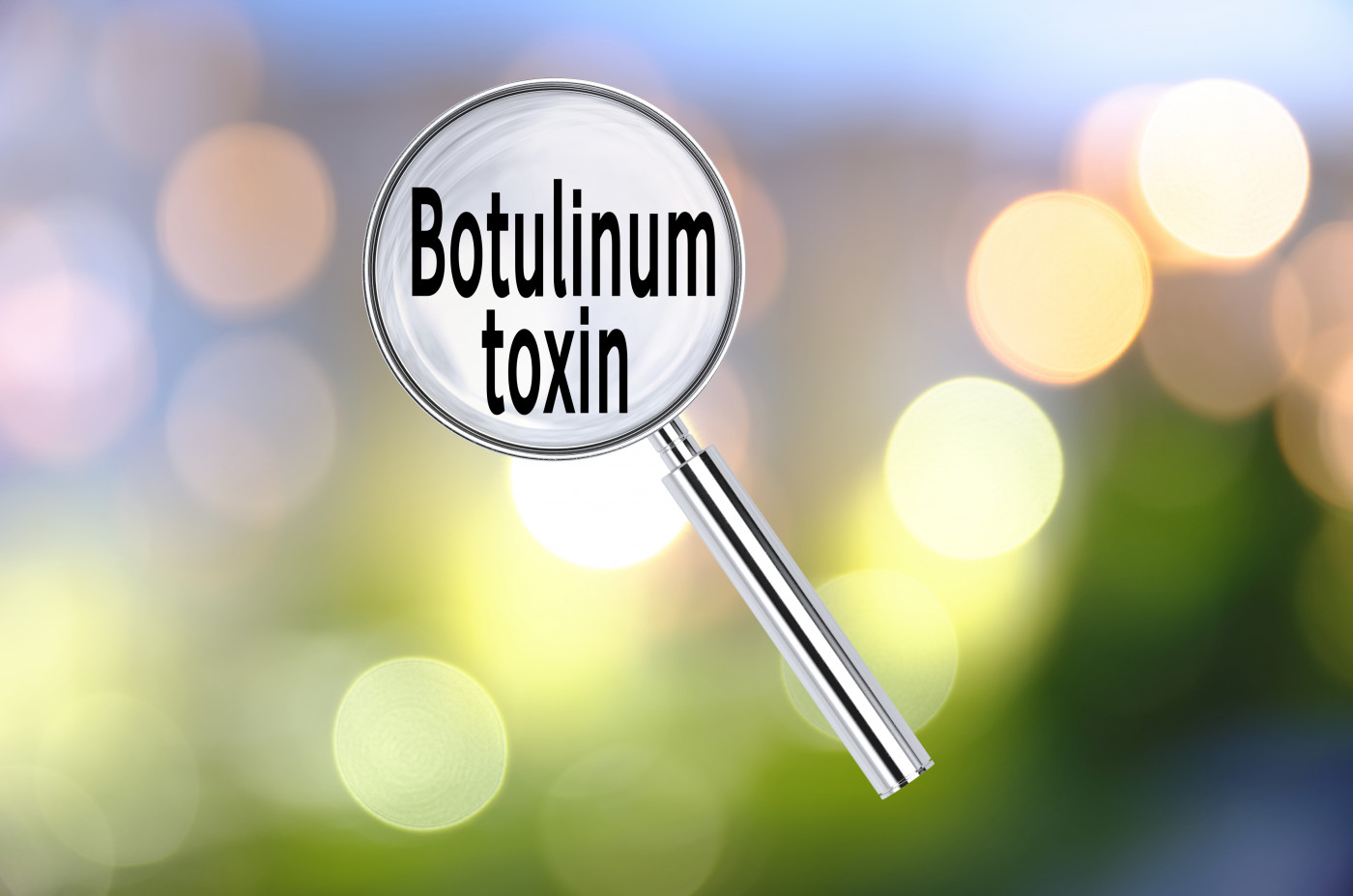BoNT-A Type A Injections Cause More Frequent Adverse Events in Children with Severe CP, Study Finds

Injections of botulinum toxin type A (BoNT-A) cause more frequent systemic adverse events in children with severe cerebral palsy than in those who have milder disease. That finding may warrant consideration of treatment risks by clinicians and families, according to a recent study.
The research, “Severity of cerebral palsy and likelihood of adverse events after botulinum toxin A injections,” was published in the journal Developmental Medicine & Child Neurology.
Cerebral palsy is the most frequent motor disability in childhood. Spasticity and hypertonia (increased muscle tone) are the most common types of movement disorder associated with this condition.
Current treatments for hypertonia include neurosurgery, orthopedic surgery, oral medications, and physiotherapy. Intramuscular injections of BoNT-A are an additional strategy to inhibit the release of the neurotransmitter acetycholine and decrease muscle contractions.
In cerebral palsy children who are able to walk (ambulant), BoNT-A improves walking pattern, hand grasp, upper limb function, and independence in self-care. BoNT-A also leads to improvements in non-ambulant children, such as decreased pain, improved hygiene, ease of positioning and dressing.
Children with severe cerebral palsy may be at a higher risk of adverse events upon BoNT-A treatment, with one study reporting adverse events in 5 percent of injection episodes in this group.
Concern has been raised that injected BoNT-A may spread systemically and induce side effects far from the site of injection. These concerns increased when four children died in 2005 after BoNT-A injections, and a case report described the deterioration in the respiratory and motor functions of a 9-year-old boy who had repeated BoNT-A injections.
Later, in 2008, the U.S. Food and Drug Administration issued a warning regarding the potential for systemic spread of BoNT-A leading to respiratory distress and death.
Despite that awareness, clinicians and families still need information about the frequency of specific adverse events after BoNT-A injections to be able to make better informed decisions.
Therefore, the research team evaluated the incidence and type of adverse events of BoNT-A in cerebral palsy children, and whether they were influenced by disease severity.
The study was conducted from 2010 and 2014 and included 591 children and a total of 2,219 BoNT-A injection episodes. Adverse events were evaluated at the time of injections and at follow-up, which was conducted over 30 days.
“Our results represent the largest study to date examining adverse events after BoNT-A injections in children with CP,” the investigators noted.
Results revealed 130 (6%) adverse events at injection and 492 (22%) during follow-up, which is in line with previous research, the authors said..
Data also showed increased rates of systemic adverse events at injection (generalized weakness, dysphagia (difficulty swallowing) and respiratory tract illness) in children classified at levels IV and V of the Gross Motor Function Classification System (GMFCS). These levels correspond to severe cerebral palsy and are characterized by children’s inability to walk.
Of note, children with the mildest GMFCS level of cerebral palsy (I) reported more frequent local weakness and pain at injection than those with severe disease, probably due to their improved motor function and communication abilities.
Importantly, most systemic adverse events were mild. “We feel that our results do not support any changes in our BoNTA practice in children with severe CP but suggest that clinicians and families carefully consider these risks when deciding on treatment,” the reseachers wrote.
Overall, the study shows that children with severe cerebral palsy are at increased risk of systemic adverse events, which makes the decision to administer BoNT-A injections complex and “requiring consideration of risks compared with benefits,” the authors concluded.


